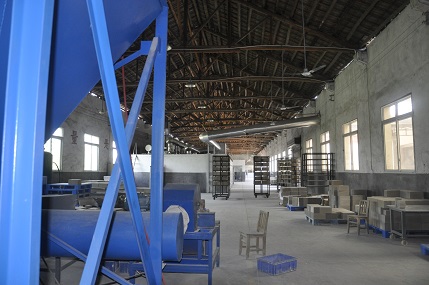Industrial News

About waste disposal of ceramic factory
For a long time, the waste produced by ceramic production has not only makes trouble for companies to deal with, but also for the government which will destroy the environment. Earlier, ceramic waste was considered as a “burden” by the factories due to the absence of related recycling technology. It was solved like a “garbage” by a simple landfill,or was used to fill a trench, a roadbed, etc. Even more directly fell to the roadside, farmland, rivers and other places. Because ceramic waste cannot be degraded, the waste contains chemical substances that seriously pollute the water, air and soil environment.
In the pottery factory area, the annual output of various ceramic wastes has exceeded 4 million tons, and the annual national ceramic waste production is estimated to be around 10 million tons. How to turn these wastes into treasures has become an urgent task for the industry to achieve sustainable development. .
In recent years, many ceramic companies have strengthened research projects such as the recycling of non-renewable resources, and have made gratifying achievements in reducing the generation of pollutants from the source. A variety of waste bricks have been crushed into large quantities for use as raw materials, and sludge slags of various types of ceramic bricks have also begun to be applied to the green body formulations.
The use of ceramic waste for the application of ceramic products has great economic benefits. On the one hand, the amount of ceramic waste residue accounts for 16% to 22% of the formula, and the annual amount of waste slag is more than 60,000 tons, which can save raw material costs and waste residue disposal fee of 8 million yuan. Above, on the other hand, because the fineness of the waste slag is small, the milling time can be shortened by 2 hours on the original basis. Therefore, the electricity cost can be saved by about 2 million yuan each year, and the economic benefit is very considerable. While achieving great economic benefits, ceramic waste and waste recycling projects have also made significant contributions to the government's ongoing energy conservation and emission reduction projects.
In the path of resource conservation, in addition to the recycling of ceramic waste, the use of low-grade ceramic raw materials for production is an important means of saving resources. For the ceramics industry, saving resources is to save raw materials, and the green body accounts for 95% of the total ceramic tile materials. Therefore, in recent years, many industry experts have proposed thinning tiles and using low-grade raw materials for production.

